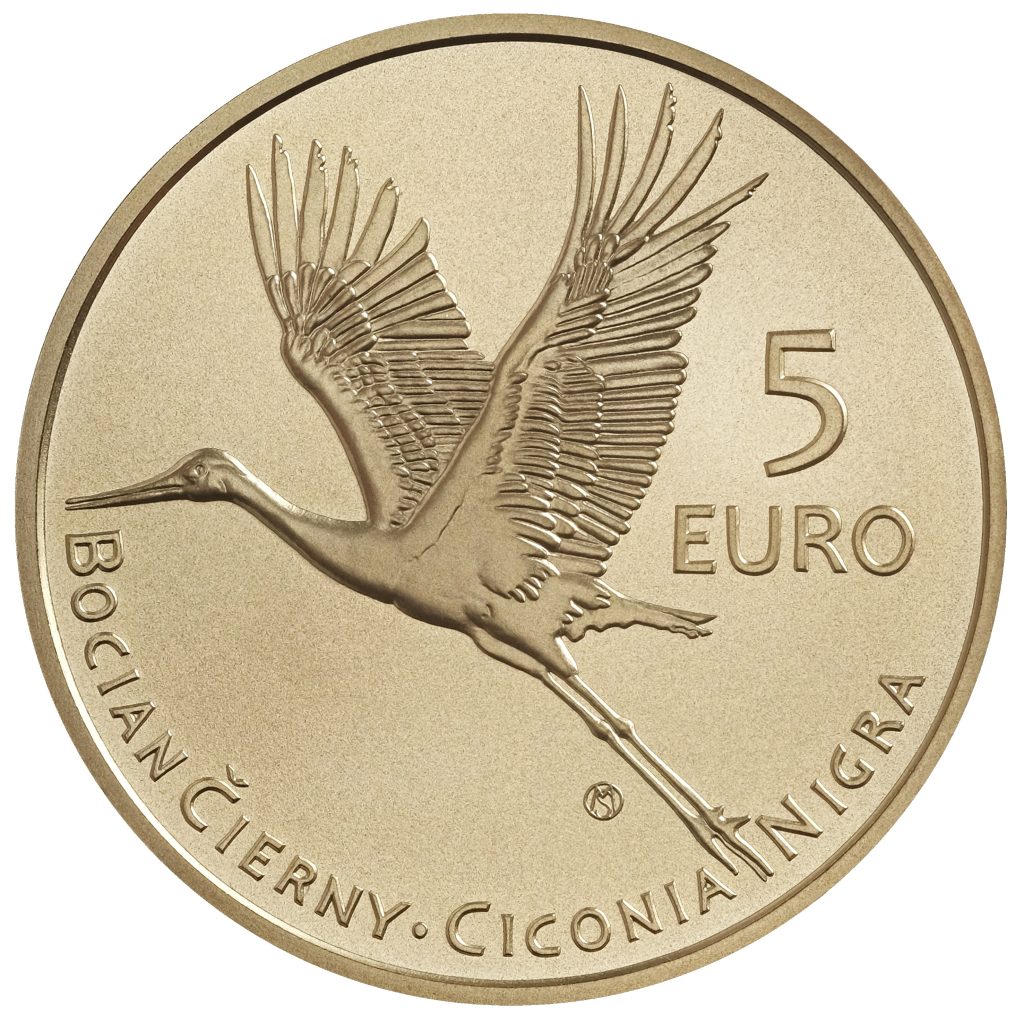-
NBS Tasks
Browse topics
- Monetary policy
- Financial market supervision
- Financial stability
- Banknotes and coins
- Payments
- Statistics
- Research
- Legislation
-
Publications
- Activity Report of the NBS Innovation Hub Annual Report Carbon Footprint Report of NBS Climate-related disclosures of NBS non-monetary policy portfolios Economic and Monetary Developments Financial Stability Report Investment Policy Statement of the National Bank of Slovakia Macroprudential Commentary
- Policy Briefs Report on the Activities of the Financial Market Supervision Unit Research Papers: Working and Occasional Papers (WP/OP) Statistical Bulletin Structural Challenges Other publications Sign up for your email notifications about publications
- About the Bank
- Media
- Frequently asked questions
-
For the public
Browse topics
- About the Bank
- Exchange rates and interest rates
- Banknotes and coins
- Payments
- Financial stability
- Financial market supervision
- Statistics
- Legislation
-
Publications
- Activity Report of the NBS Innovation Hub Annual Report Economic and Monetary Developments Financial Stability Report Macroprudential Commentary
- Report on the Activities of the Financial Market Supervision Unit Research Papers: Working and Occasional Papers (WP/OP) Statistical Bulletin Other publications Sign up for your email notifications about publications
- Frequently asked questions
- Media
- Careers
- Contact
Flora and fauna in Slovakia – the black stork
€5 base metal collector coin
The black stork is an unmistakable bird species. The adult has mainly black plumage with white underparts, long coral red legs and a long pointed beak. The beak and eye areas are the same colour as the legs, and the black plumage has an intense greenish-purple sheen. Adults weigh between around 2.4 kg and 3.2 kg. Black storks are distributed throughout most of Europe and Asia, and most forest areas of Slovakia are nesting sites for these birds. They typically nest in mature deciduous and mixed forests, preferring areas with wetlands and watercourses where they can forage for food. They select large trees with strong horizontal branches and show high fidelity to breeding sites and nesting trees. The base of the nest is formed by thick branches, while the interior is lined with twigs, clumps of grass, lichens and moss. The female lays two to four eggs. Both parents feed the fledglings by regurgitating food onto the nest floor. Black storks feed on smaller fish, amphibians, insects, gastropods, small mammals and small birds. They migrate to wintering grounds mainly in August and September. In Slovakia, the black stork is a protected species.
-
Coin description
Obverse:
The obverse of the euro collector coin depicts a black stork hunting on a body of water. In the background is a tree with a stork’s nest. An adult stork is depicted flying towards a chick in the nest, carrying food in its beak. On the upper left side is the Slovak coat of arms and, above it, the year of issuance ‘2023’. On the right side is the mint mark of the Kremnica Mint (Mincovňa Kremnica), consisting of the letters ‘MK’ placed between two dies. Inscribed along part of the right edge is the name of the issuing country ‘SLOVENSKO’.Reverse:
The reverse design depicts a black stork taking flight. To the right of this image are the denomination ‘5’ and currency ‘EURO’, one above the other. In the lower part of the design, next to the stork’s legs, are the stylised initials ‘MŠ’, referring to the coin’s designer Marie Šeborová. Inscribed along the lower edge and separated by a medial dot are the Slovak and scientific names for the black stork: ‘BOCIAN ČIERNY’ and ‘CICONIA NIGRA’.
-
Coin details
Designer: Marie Šeborová Composition: brass MS63 Weight: 19.1 g Diameter: 34 mm Edge: milled Producer: Kremnica Mint (Slovakia) Engraver: Dalibor Schmidt Issuing volume: Initial mintage in 2023: 40,000 coins
Additional mintage in 2023: 5,000 coins
Additional mintage in 2024: 8,000 coins (with 2023 as the year of issuance)
Additional mintage in 2025: 8,000 coins (with 2023 as the year of issuance)
For the Bank’s promotional purposes, 1,500 of these collector coins were packaged in a green coin box.Issuing date: 20 September 2023

